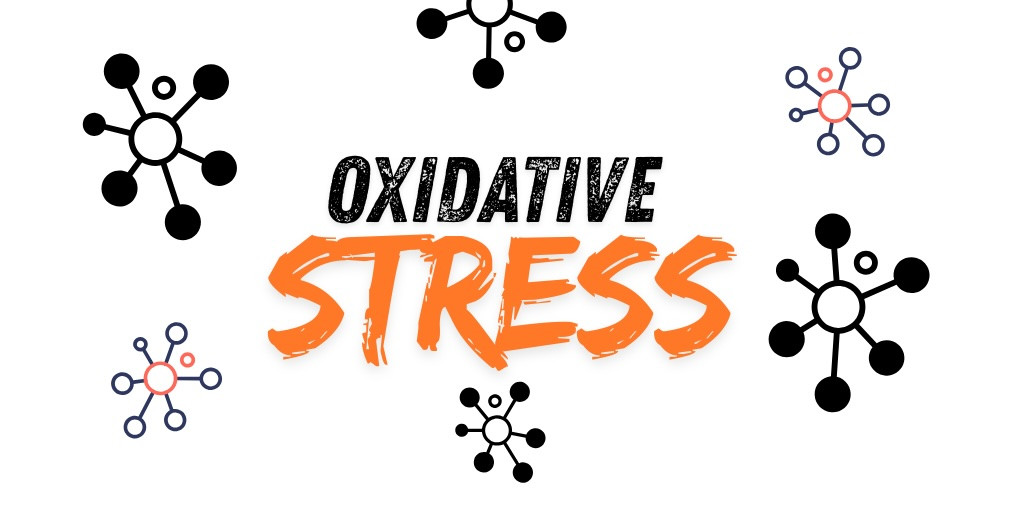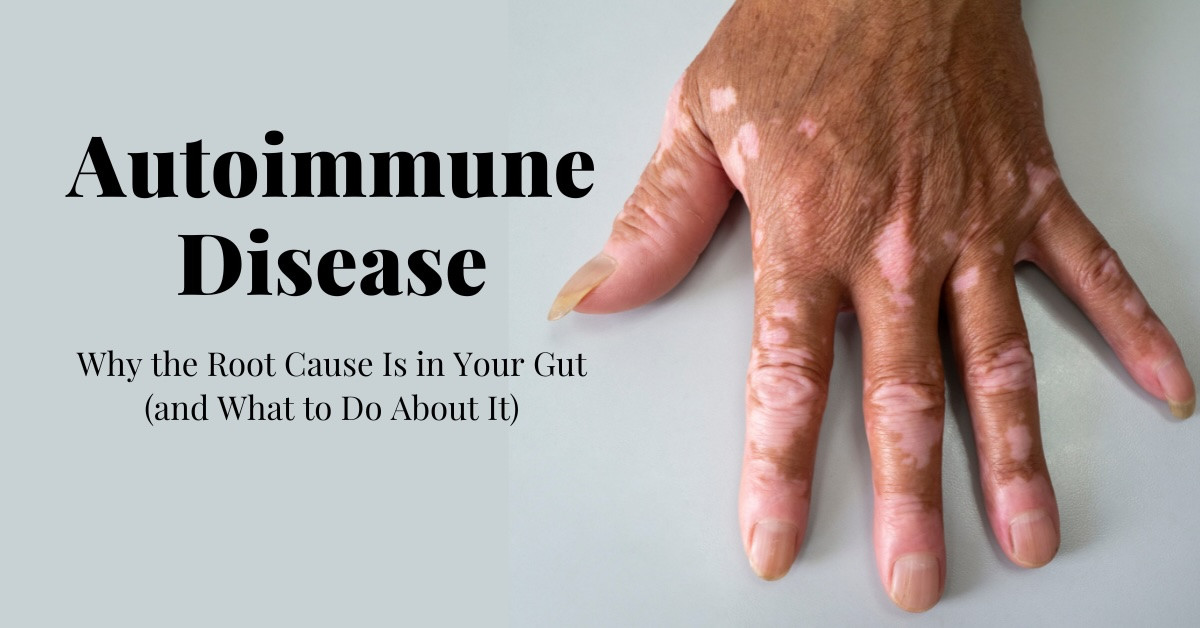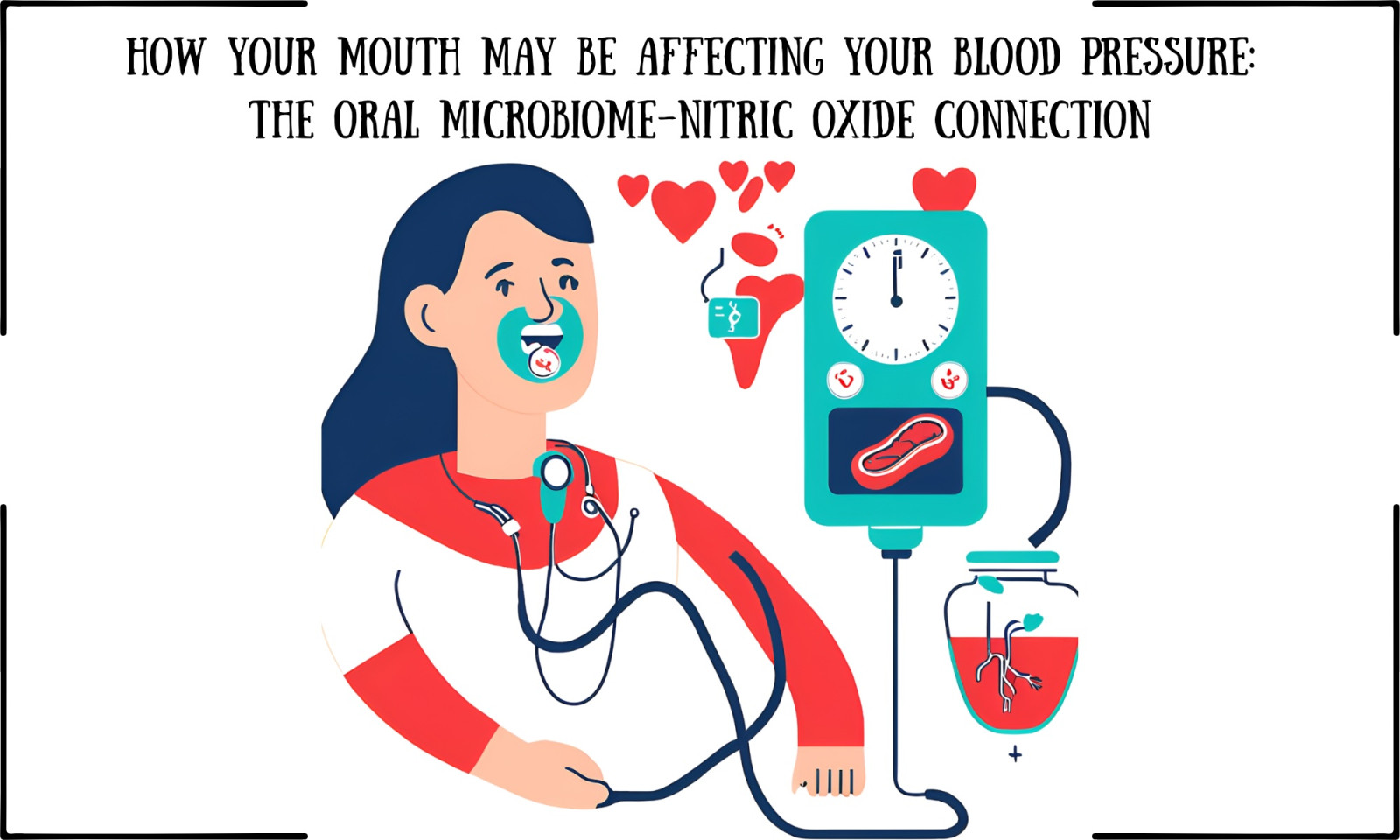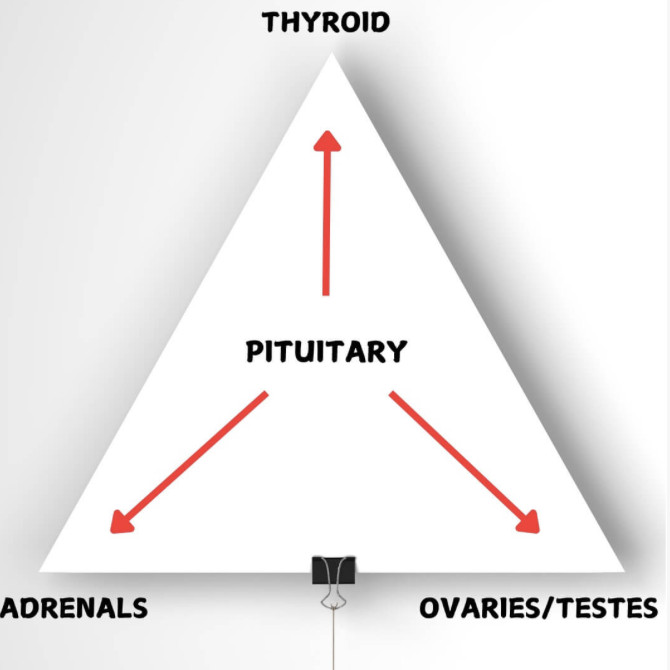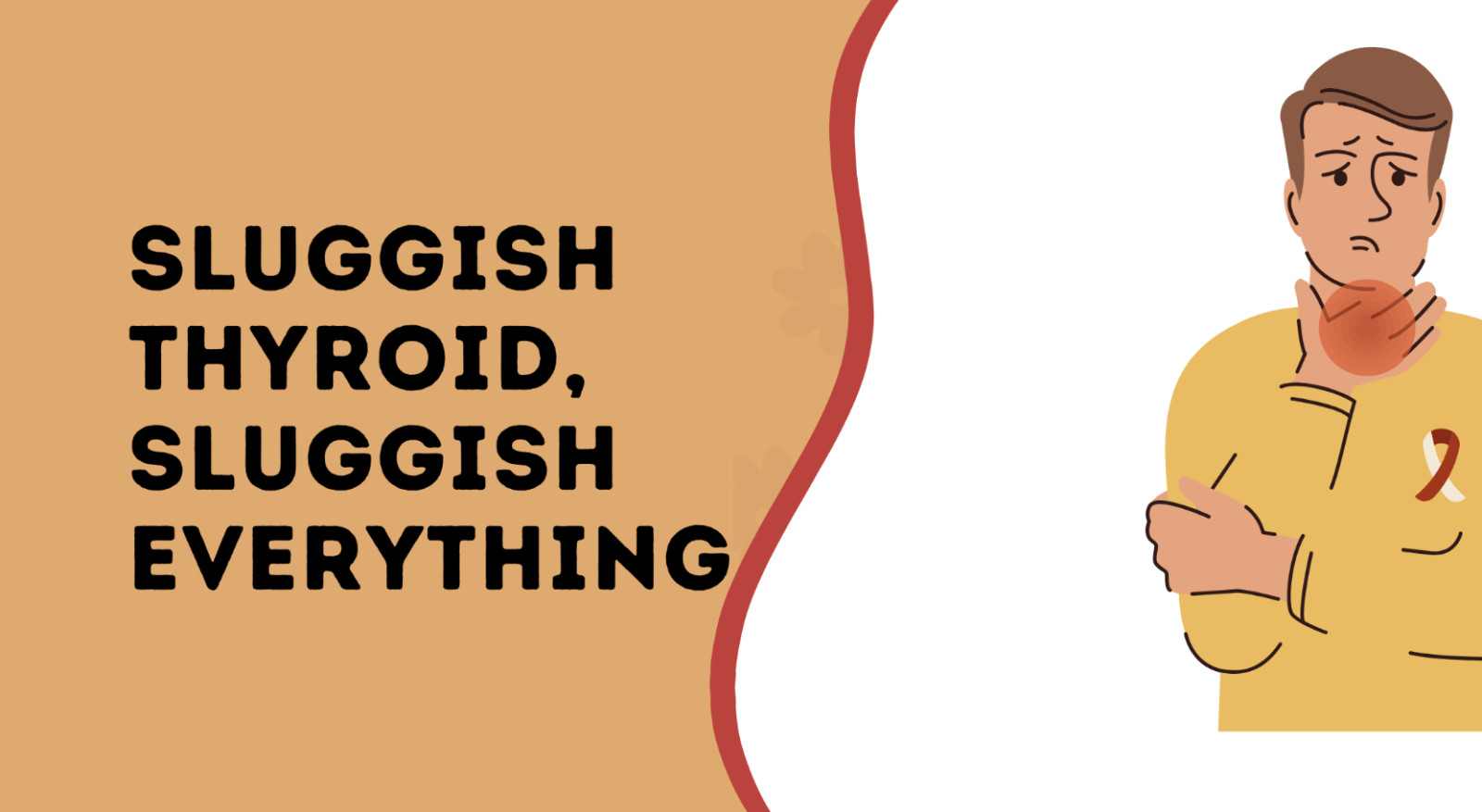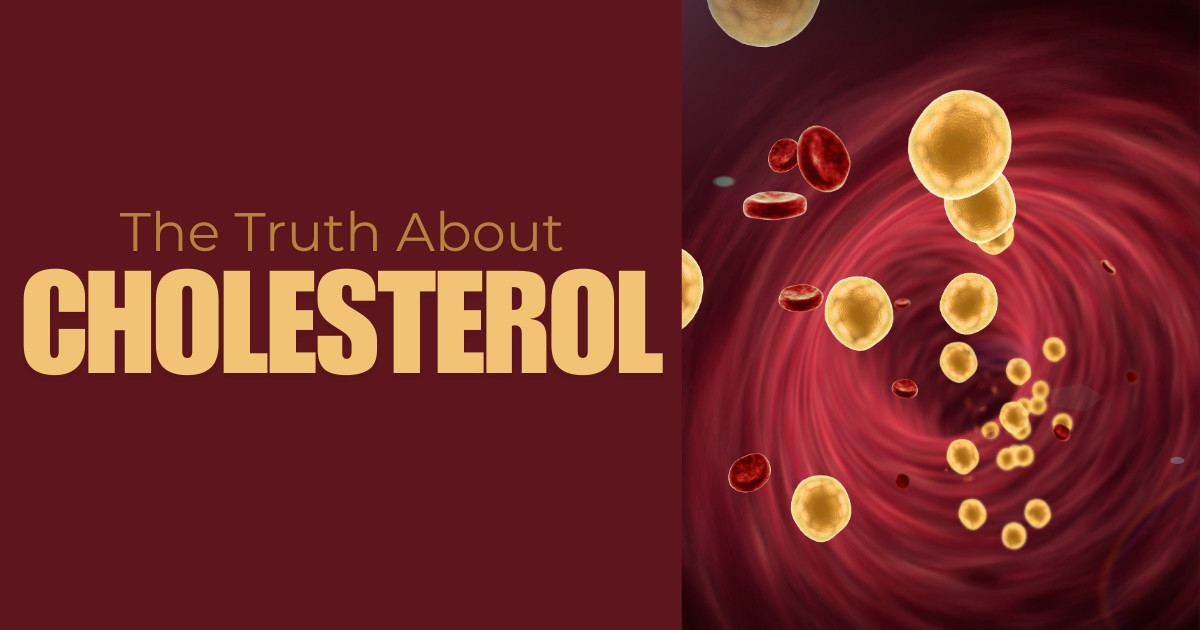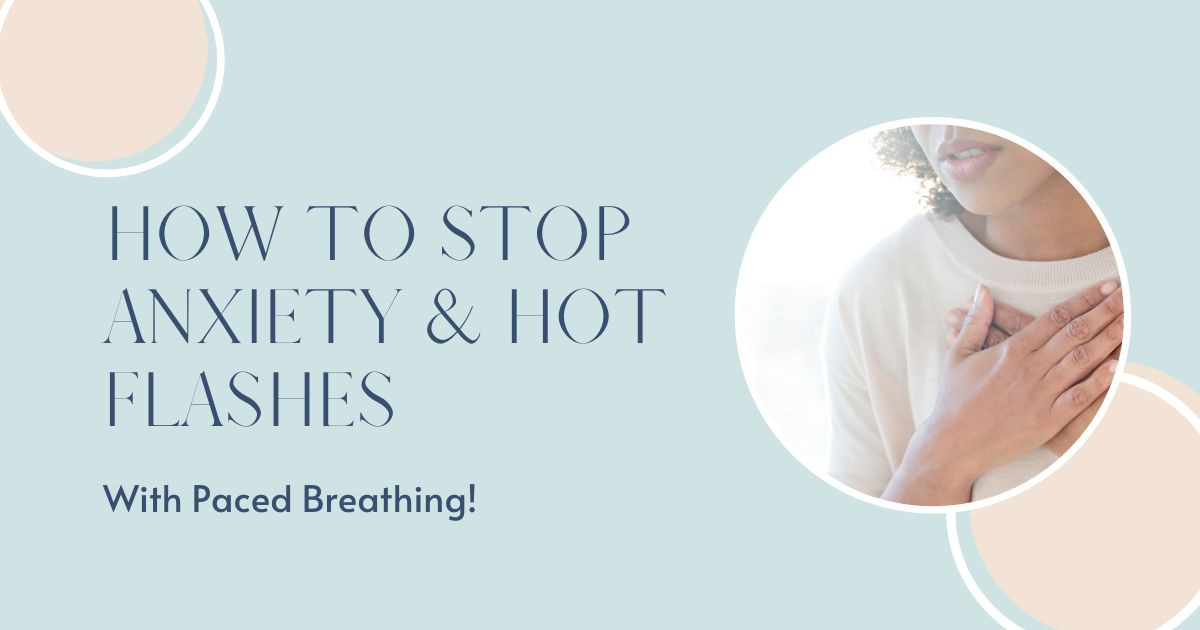
Paced breathing is a simple yet powerful technique that can enhance your overall well-being by managing common health conditions and boosting energy levels. By intentionally lengthening each inhalation and exhalation, paced breathing can effectively reduce hot flashes by influencing the autonomic nervous system, which plays a crucial role in regulating body temperature. Additionally, this breathing practice is beneficial in easing anxiety, as it counters shortness of breath often linked to panic attacks, and helps improve resistance to everyday stresses.
Many individuals find that paced breathing enhances their mood by increasing oxygen flow to the brain, making them feel more alert and cheerful. It is an excellent method for managing stress, which, in turn, assists in reducing chronic inflammation and emotional distress. Furthermore, paced breathing serves as a valuable tool for pain management, offering distraction and relaxation, promoting better sleep patterns, and aiding in quicker recovery from surgeries or injuries.
Adopting paced breathing involves understanding the hormonal shifts associated with stress, aiming for 5 to 8 breaths per minute, and ensuring each breath is deep and thorough. Practicing twice a day in brief sessions can yield optimal results, with aids like counting breaths or using visual objects helping focus. Individuals are encouraged to expand their practice by exploring additional mindful breathing techniques through yoga, meditation, or various resources, paving the way for improved health and quality of life.
Read more...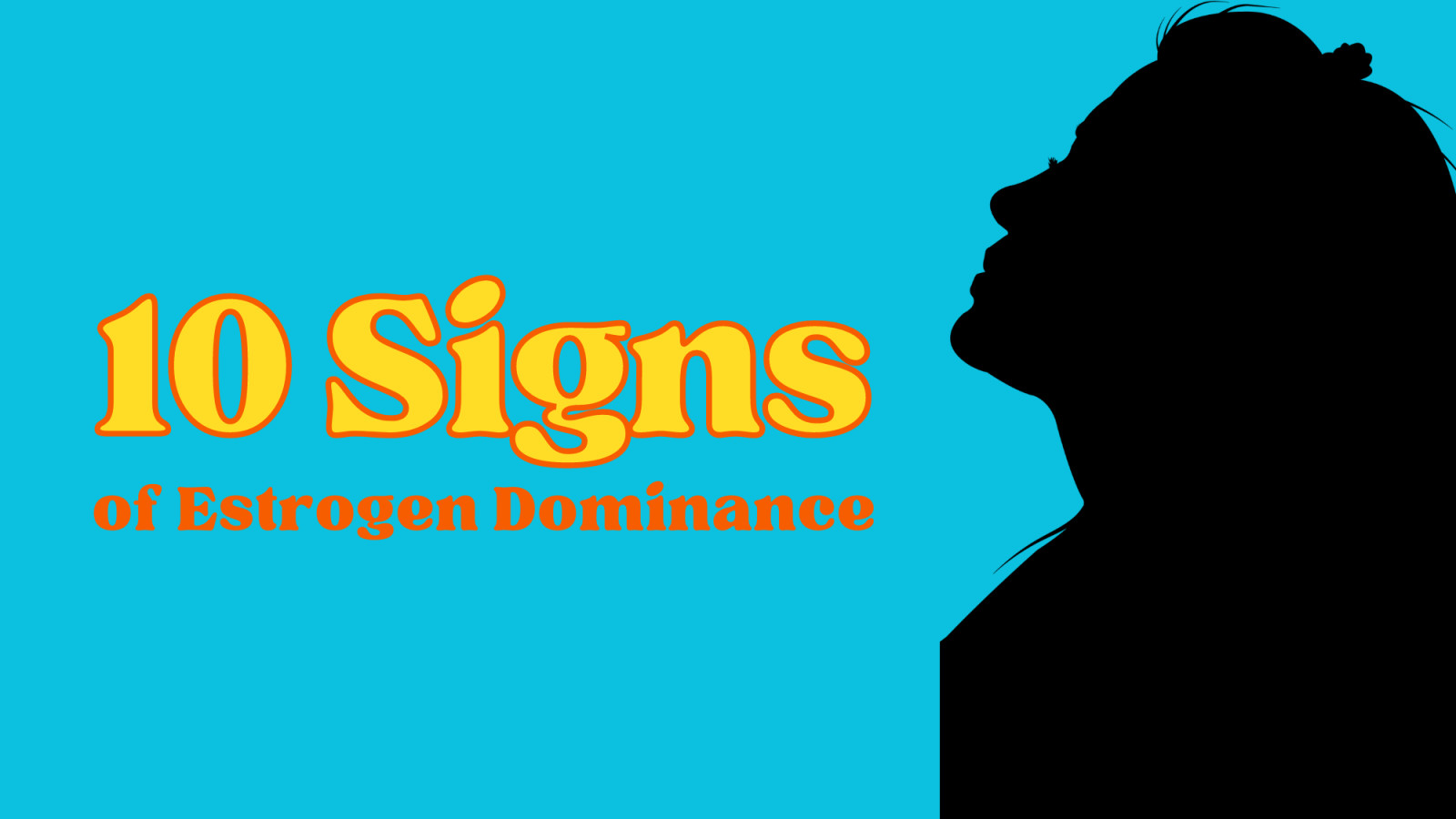
Are you experiencing symptoms like weight loss resistance, bloating, irregular menstrual cycles, or decreased libido? You might be dealing with estrogen dominance, a condition where the balance between estrogen and progesterone in your body is skewed, favoring an overproduction of estrogen. This imbalance is fundamental to the development of female sexual characteristics and reproductive functions but can cause a range of troubling symptoms when it goes unchecked.
Estrogen dominance can stem from various sources, including external ones like xenoestrogens. These man-made chemicals mimic estrogen in our bodies and are found in everyday items such as plastics, cosmetics, household cleaners, and even in the hormones given to livestock. The presence of xenoestrogens in our environment and diet means that we are continuously exposed to factors that can disrupt our hormonal balance.
The situation is exacerbated by factors within our own bodies, such as being overweight, which leads to increased estrogen production due to fat cells. Additionally, the use of birth control pills, poor digestion, and the consumption of drugs and alcohol can all contribute to an excess of estrogen. This hormonal imbalance makes it challenging to lose weight and can exacerbate symptoms of estrogen dominance, creating a cycle that is hard to break without proper intervention.
Read more...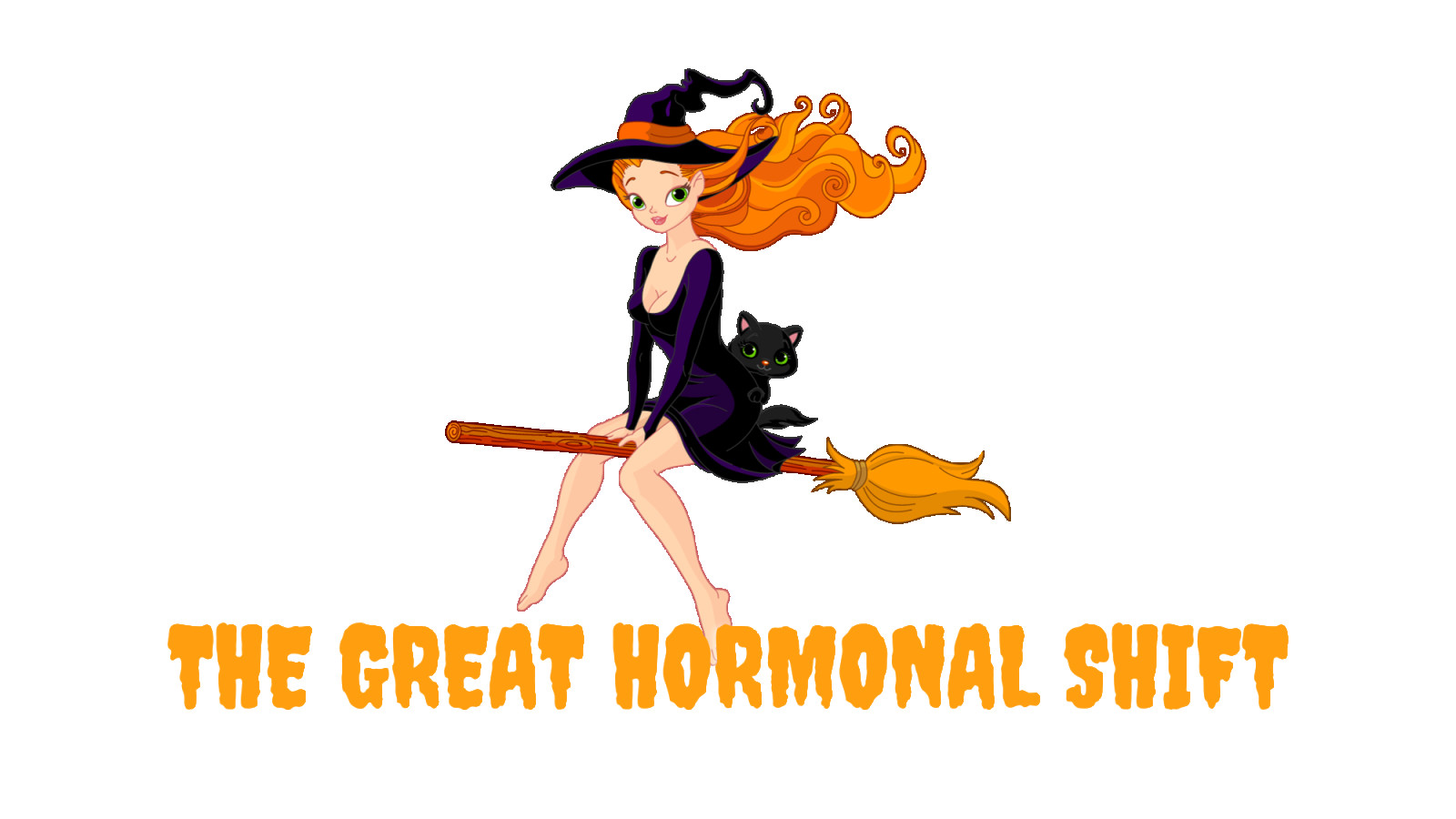
Aging is an undeniable facet of life, ushering in an array of both internal and external changes that profoundly influence our overall well-being. For women, the aging process involves a notable decline in hormonal levels and a shift in metabolism.
Read more...
During the menopausal transition, many women experience hot flashes, night sweats, and other symptoms due to hormonal changes in the body. These occurrences, linked to fluctuations in estrogen levels, can significantly impact quality of life and sleep. While they may begin five years before menopause and extend into post-menopausal years, lifestyle and dietary adjustments offer promising relief.
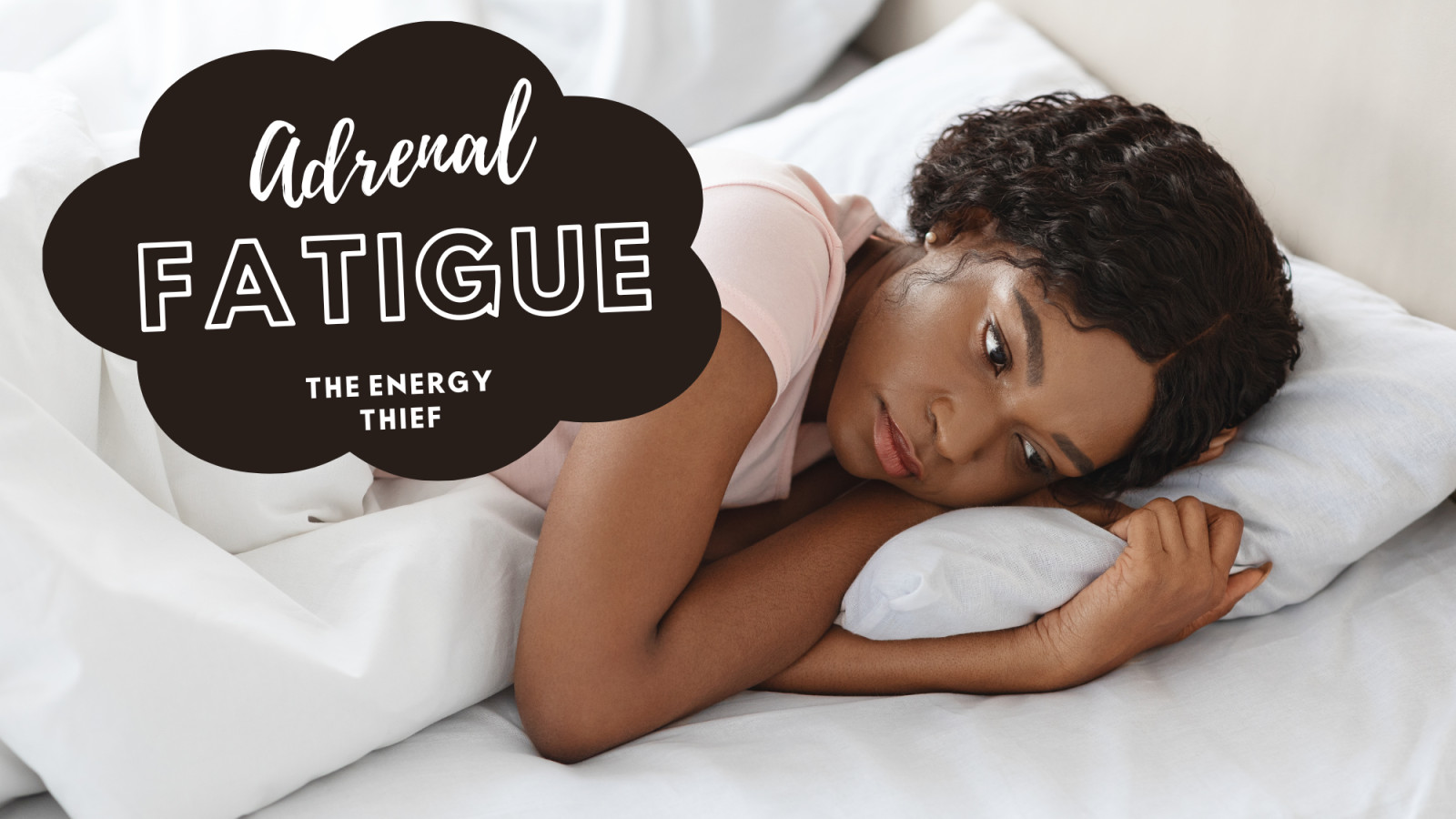
Adrenal fatigue has become a commonly used term to describe symptoms such as persistent fatigue, body aches, nervousness, difficulty in waking, cravings for certain foods, and difficulty handling stress, among others.
Read more...

